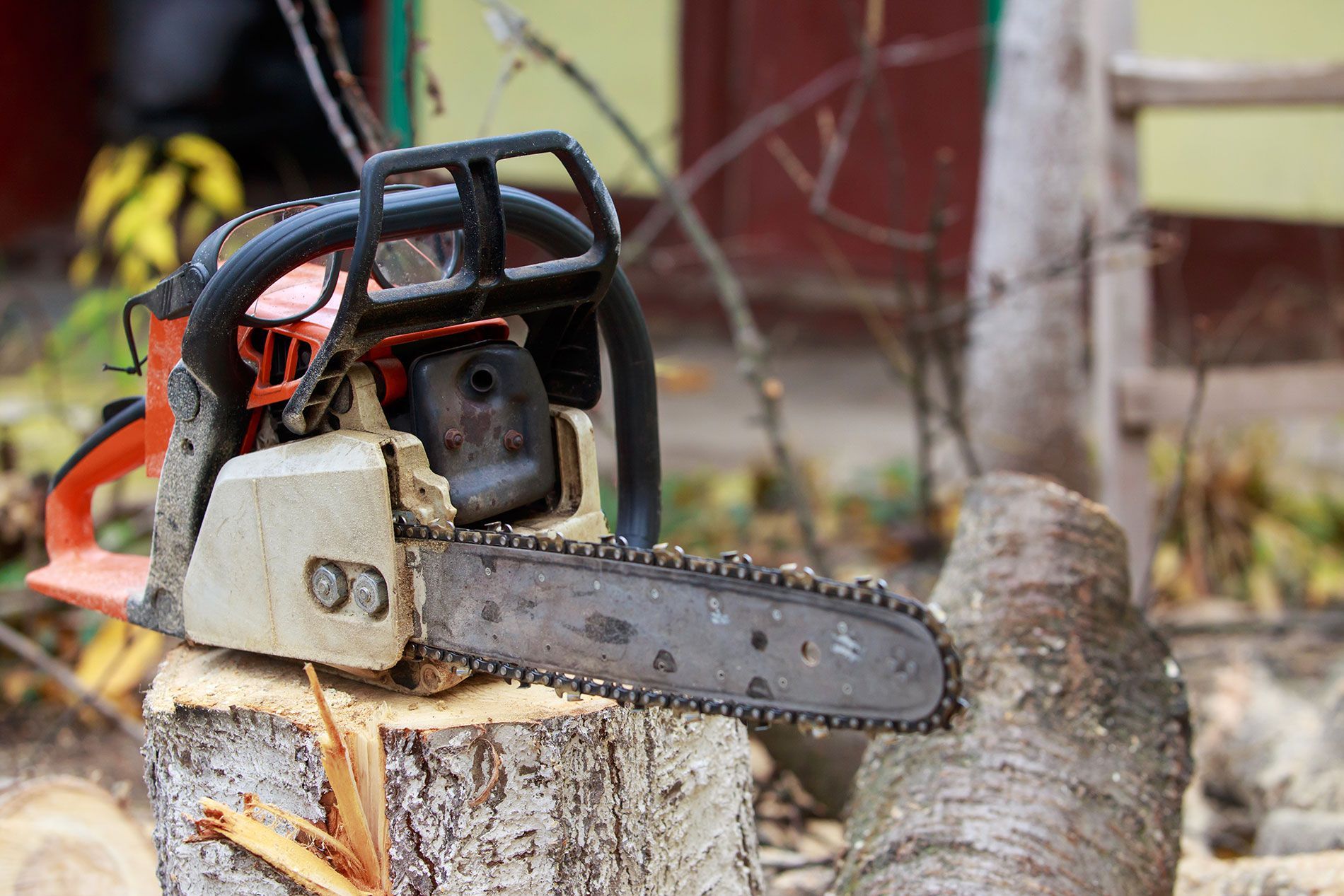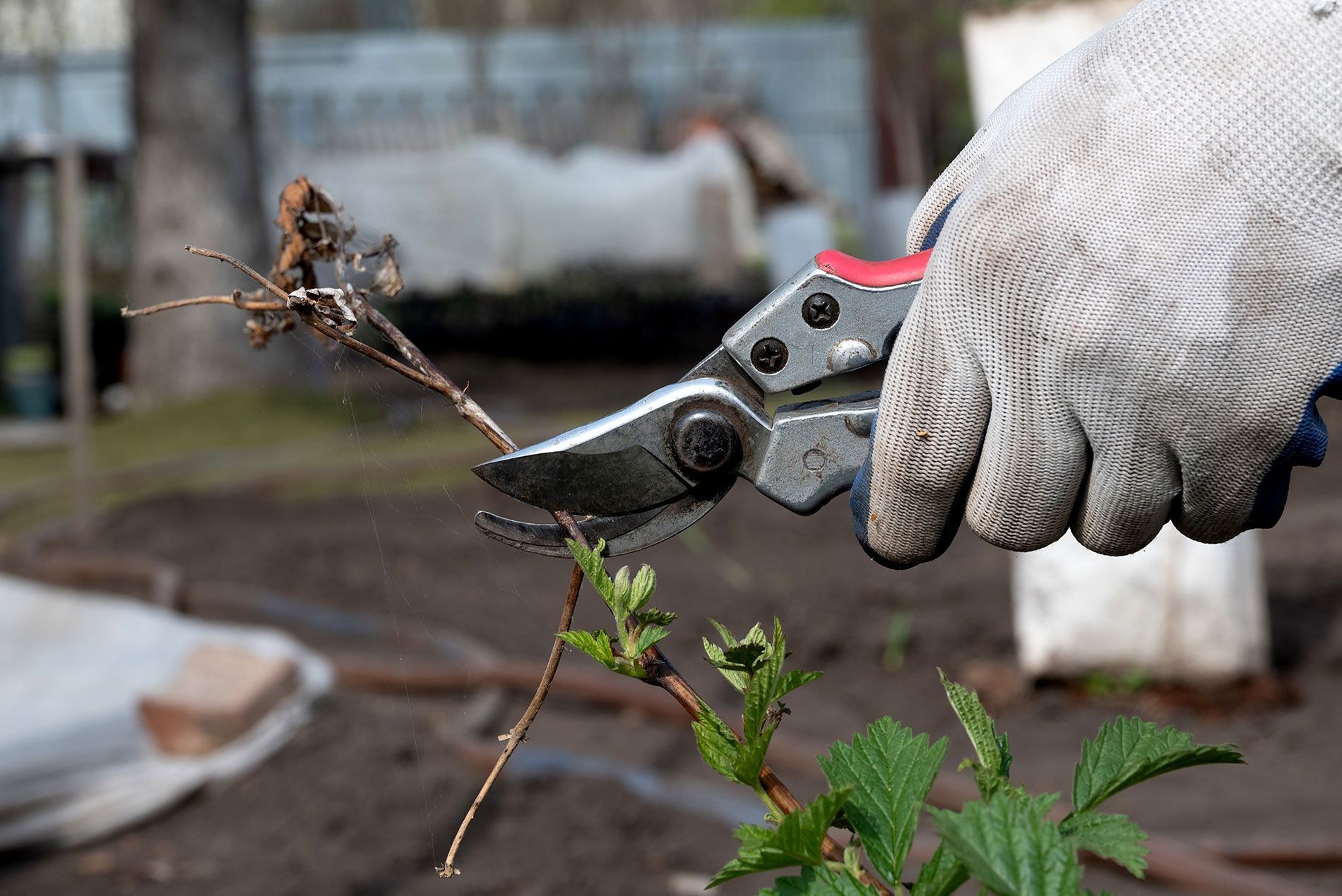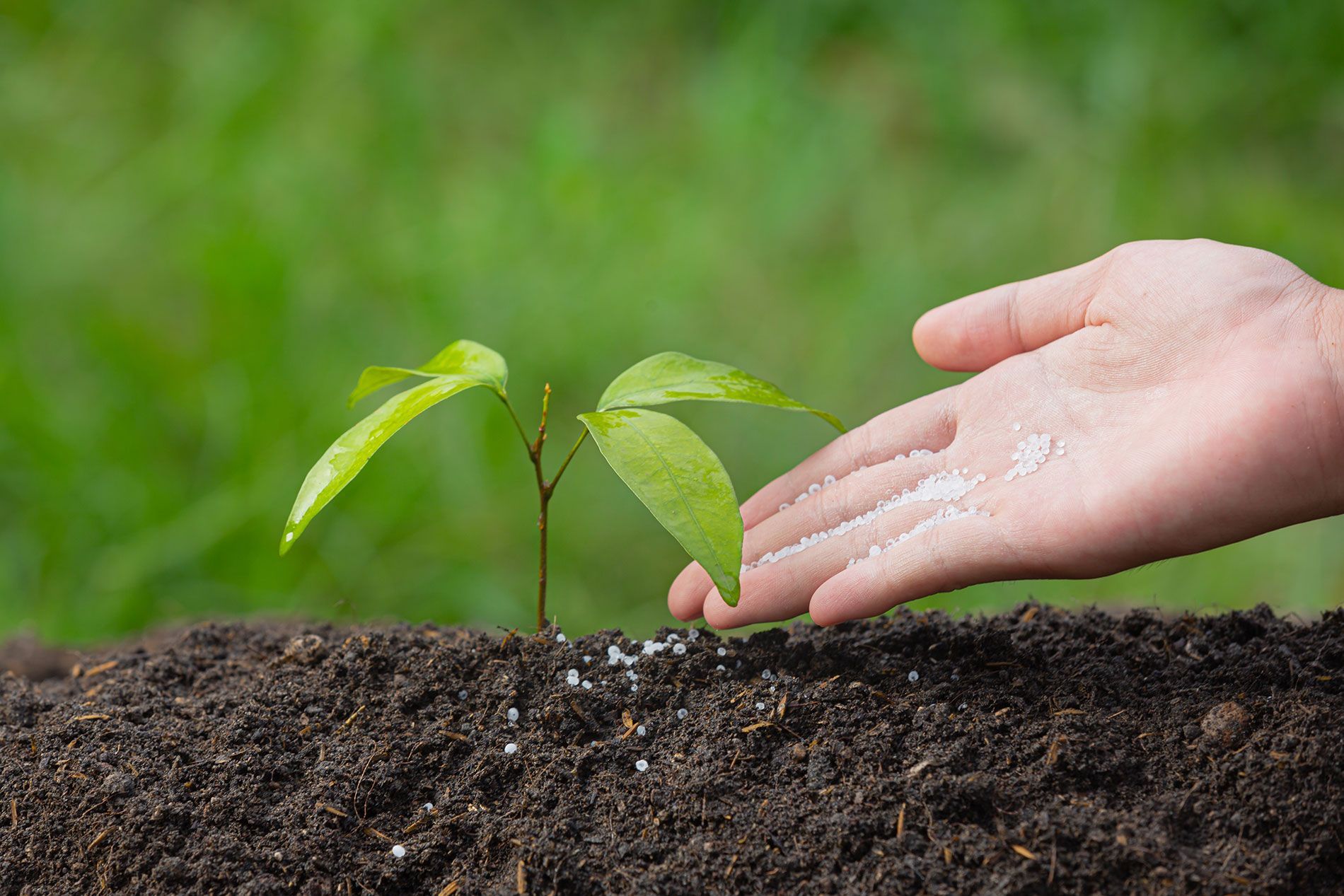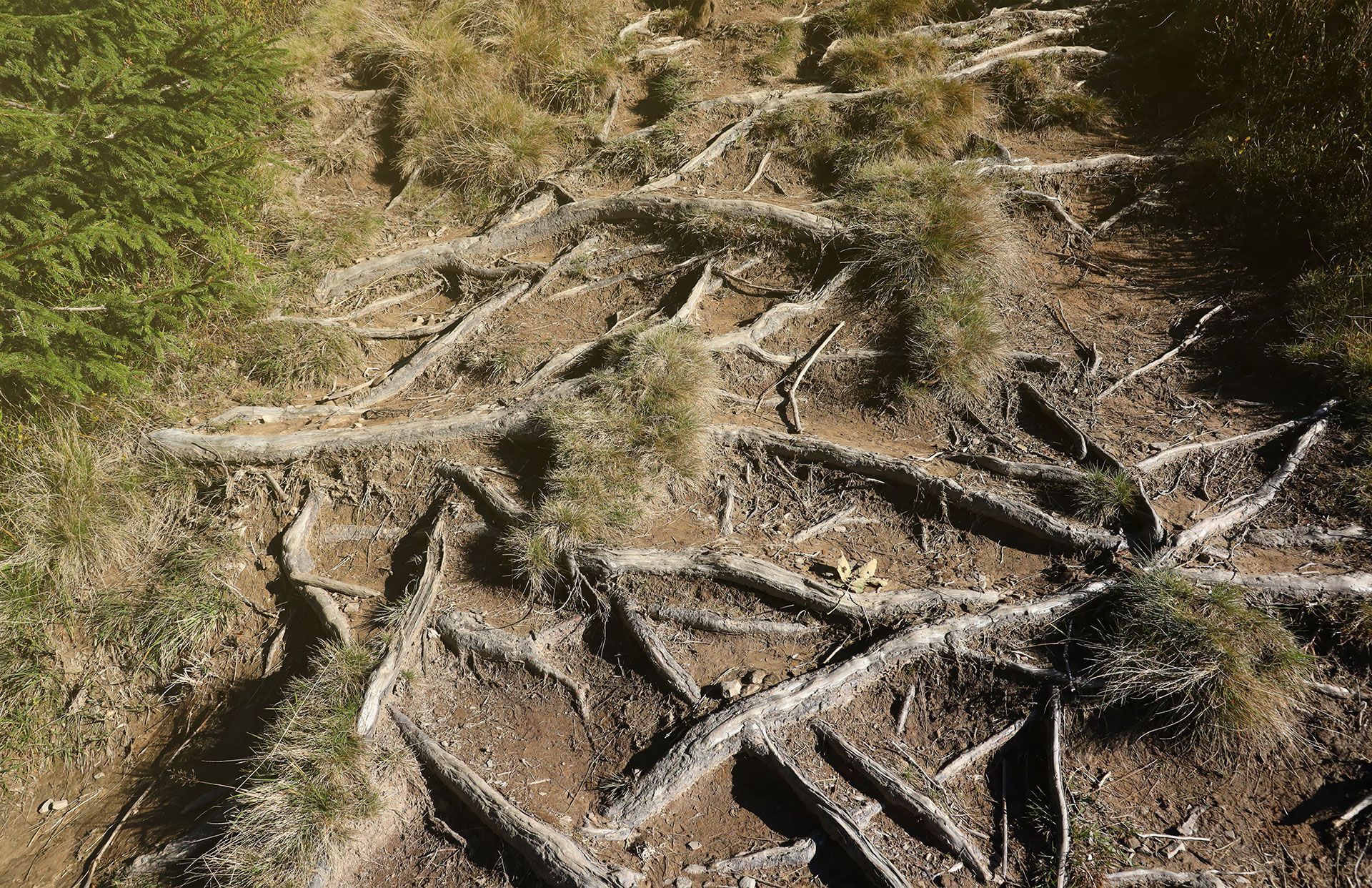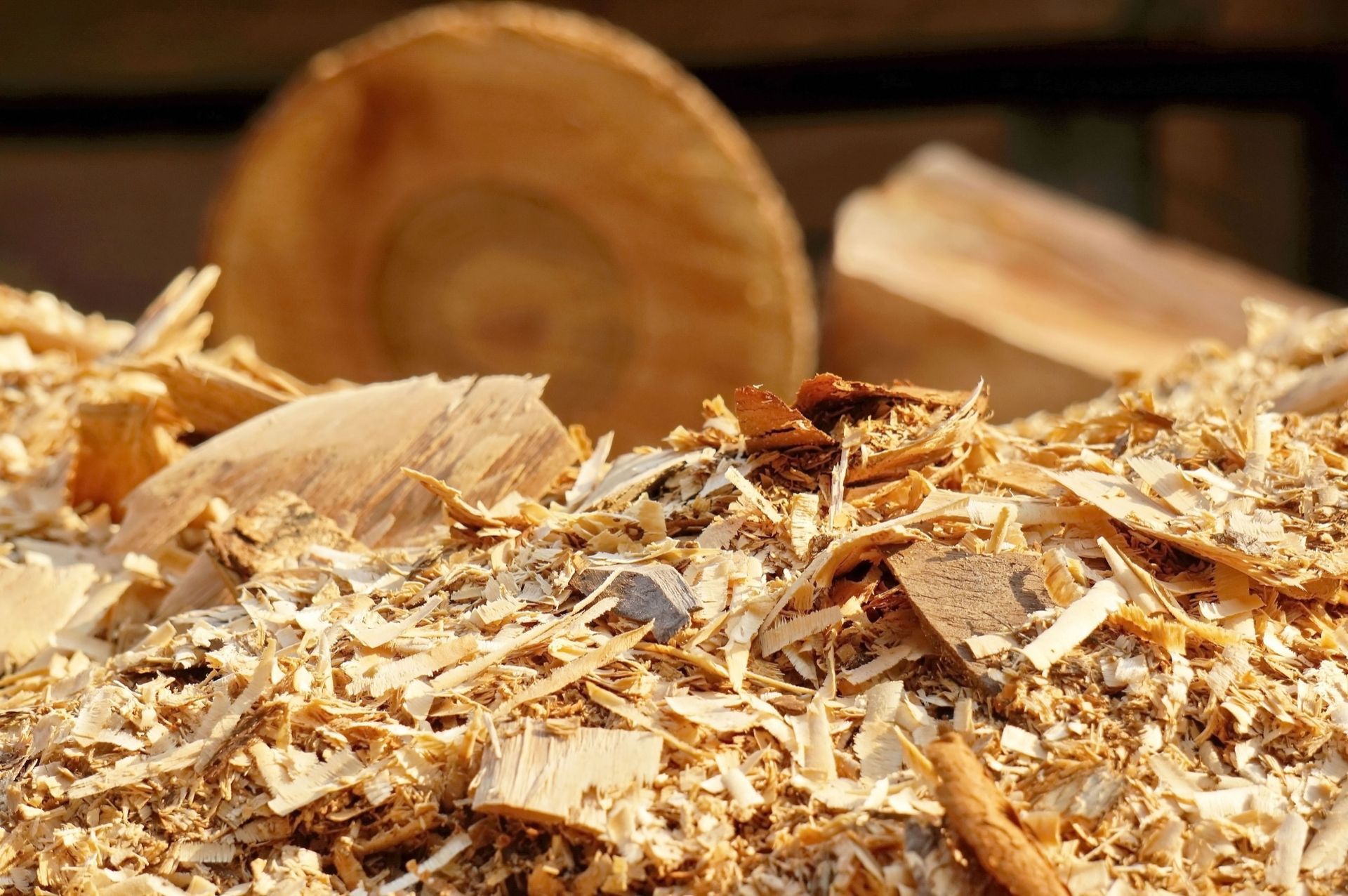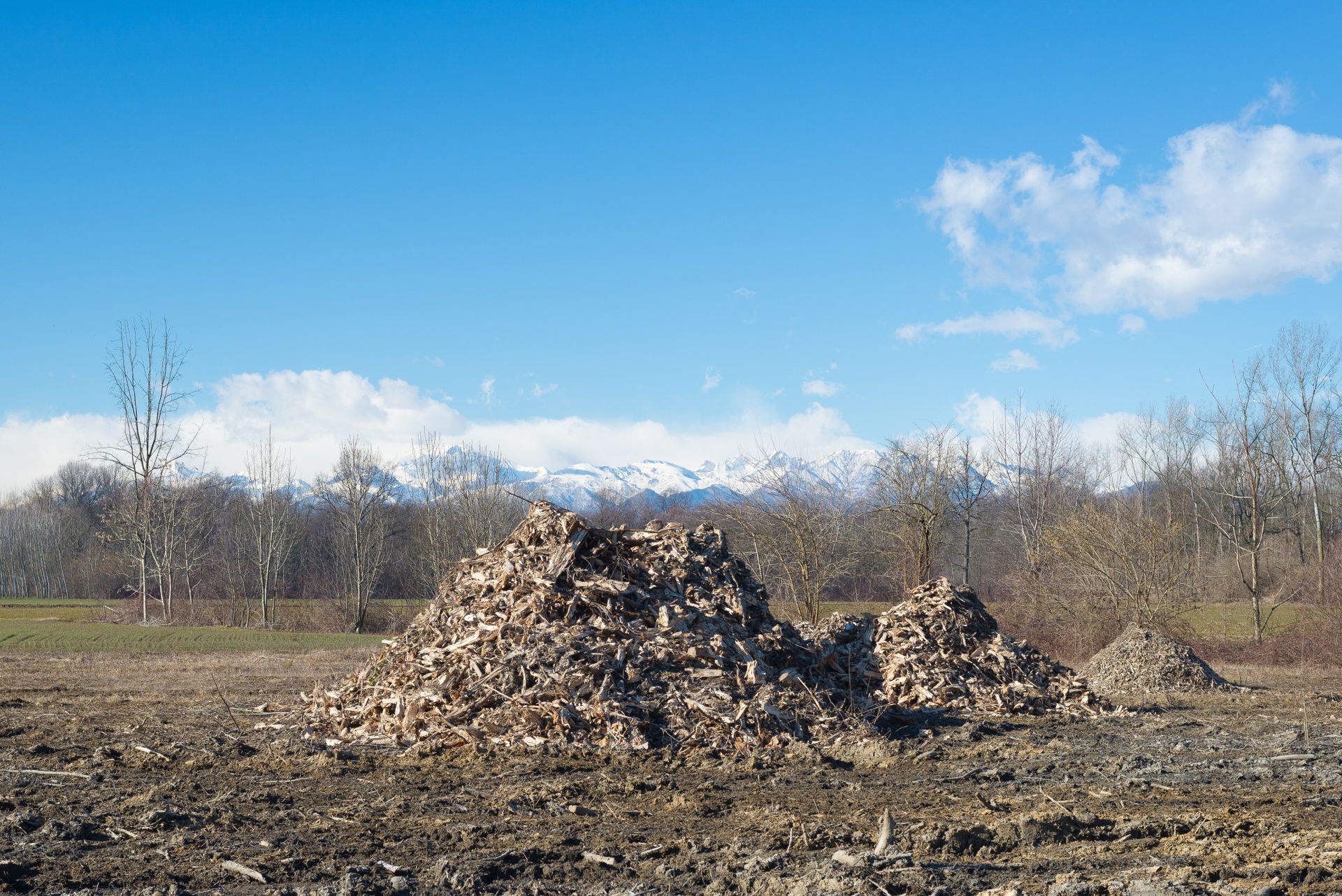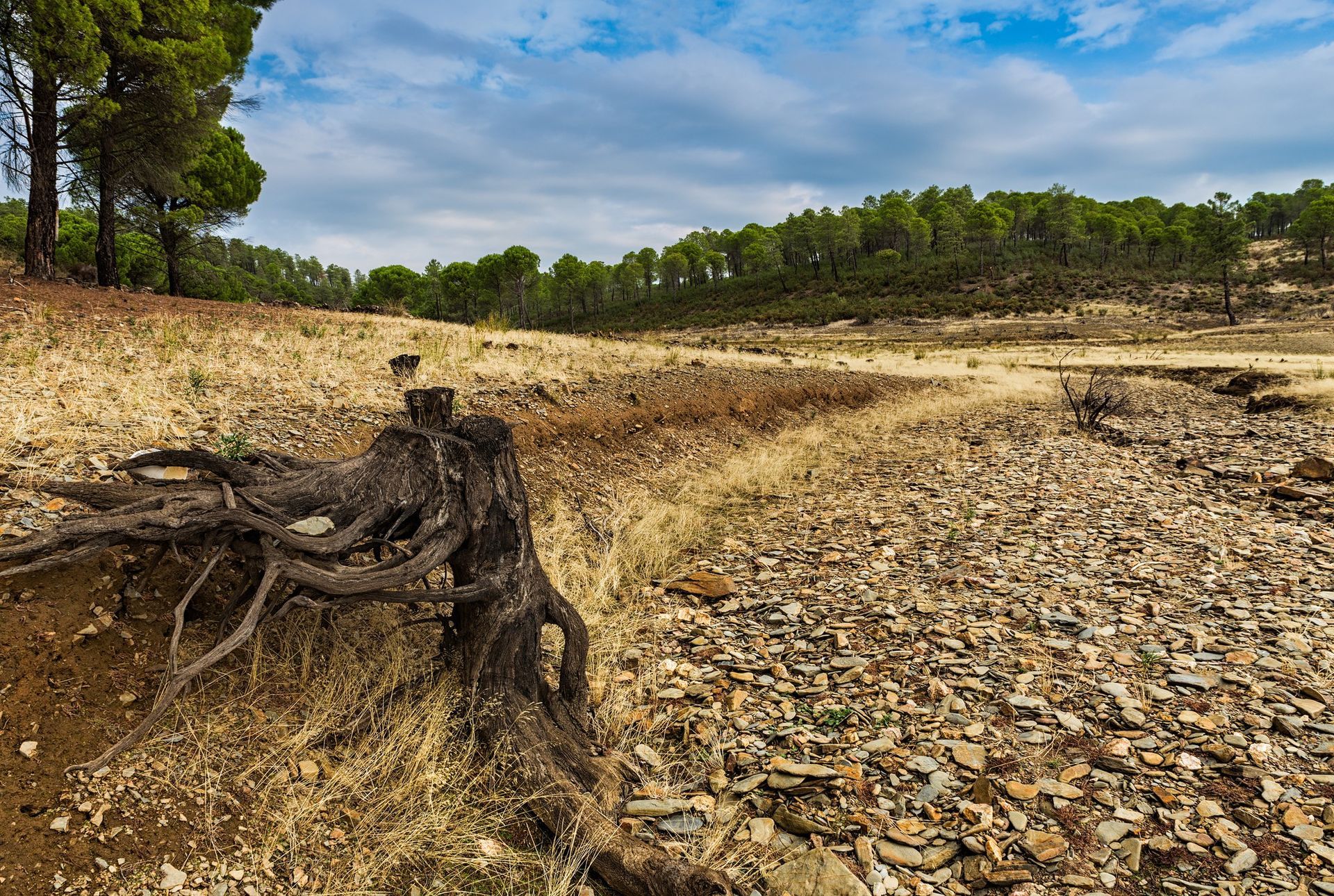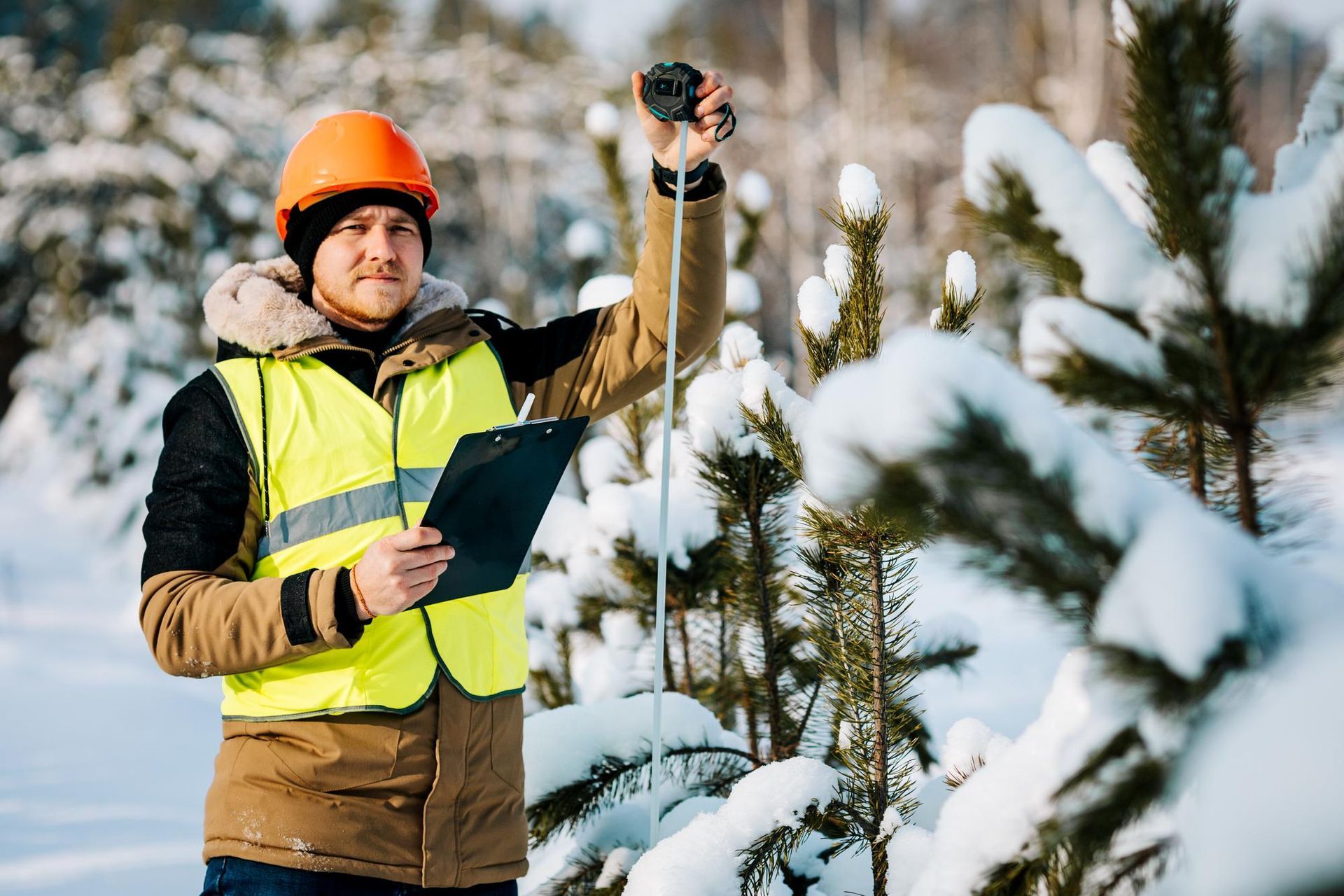Space, Safety, Serenity: Exploring Residential Tree Removal
Your home is more than just walls and a roof; it's a sanctuary where memories are made, and dreams find their canvas. The landscape around your abode contributes significantly to the overall atmosphere, creating an environment that speaks to your aspirations and reflects your personality. One crucial aspect of this landscape is the trees that grace your property. While trees offer shade, beauty, and a connection to nature, there are times when their presence can present challenges that call for thoughtful consideration, and sometimes, removal. In this exploration of residential tree removal, we delve into the realms of space, safety, and serenity, uncovering why this step is essential in creating a harmonious living environment.
Residential Tree Removal Explained
The Removal Process: Residential tree removal involves several steps:
- Assessment: An initial assessment by a professional arborist determines the tree's health, stability, and potential risks.
- Permits: Depending on local regulations, obtaining permits for tree removal might be necessary. Professionals can guide you through the permitting process.
- Planning: The removal process is carefully planned to ensure the safety of nearby structures, individuals, and the removal team.
- Cutting and Removal: The tree is typically removed in sections to prevent damage to surroundings. Professionals use specialized equipment to safely cut and lower branches and sections.
- Stump Removal: Once the tree is removed, the stump can be ground down to allow for future landscaping.
- Eco-Friendly Disposal: Responsible tree removal includes the proper disposal of tree debris. Wood can be repurposed, chipped for mulch, or recycled.
Opening Up Space
Picture your outdoor space as a blank canvas waiting to be painted upon. Trees, with their towering presence and expansive branches, can sometimes dominate this canvas, casting shadows that limit the space available for outdoor activities. As families grow and needs evolve, the once-beloved trees might find themselves in the way of future plans. This is where the concept of opening up space comes into play.
Residential tree removal isn't just about eliminating a natural element; it's about reclaiming the potential of your property. By carefully selecting which trees to remove, you can open up areas for gardening, recreational spaces, or even additions to your home. Suddenly, the backyard becomes an extension of your living area, inviting you to create, connect, and bask in the open air. The decision to remove a tree is an investment in the future, one that grants you the liberty to shape your surroundings according to your evolving needs.
Prioritizing Safety
Safety is paramount when it comes to the landscape that surrounds your home. Trees, while majestic, can sometimes pose risks that are not immediately visible to the untrained eye. Trees with compromised structural integrity due to disease, pest infestations, or weakened root systems can become hazardous, especially during storms or heavy winds. Falling branches or even entire trees can cause damage to property, endanger inhabitants, and disrupt the serenity of your home.
Residential tree removal, when performed with the guidance of professionals, is an act of preventive care. It's a measure that safeguards your property and loved ones from potential harm. The decision to remove a tree might be a difficult one, especially when considering the emotional attachment that can develop over the years. However, the long-term safety and peace of mind that result from removing a tree that poses a risk are invaluable.
Inviting Serenity
The concept of serenity often conjures images of calmness, tranquility, and a connection to nature. Striking a balance between the natural world and your living environment is essential for fostering a sense of serenity within your home. While trees contribute to this balance, there are times when their presence can tip the scales, leading to potential disturbances.
Overgrown trees can block natural light, cast dark corners, and even interfere with the growth of other plants. This can lead to an imbalance in the ecosystem of your property, affecting both flora and fauna. The removal of select trees can be a strategic move to restore harmony and create an environment where sunlight can bathe your home and gardens flourish. As the symphony of rustling leaves and chirping birds intertwines with the peace of an unobstructed view, serenity takes center stage.
The Expert's Touch: Professional Residential Tree Removal
Residential tree removal is a multi-faceted endeavor that requires both expertise and sensitivity. Each tree is a living entity with a history rooted in the soil, and its removal is a decision that should be made with careful consideration. This is where professional arborists and tree removal experts come into the picture.
- Expertise in Assessment: The journey of residential tree removal begins with a comprehensive assessment. Arborists, armed with a deep understanding of tree biology and health, conduct thorough evaluations to determine the condition of the tree. They look for signs of disease, pest infestations, decay, and structural weaknesses. This knowledge allows them to make informed recommendations about the necessity of removal and the potential risks posed by the tree.
- Safety as Priority: Safety is at the core of any tree removal process. Professionals are equipped with the tools, techniques, and experience to safely dismantle trees, even those in close proximity to structures or power lines. By employing industry best practices and adhering to safety protocols, they ensure that the removal process is carried out without putting anyone or anything at risk.
- Minimizing Impact: Responsible tree removal isn't just about taking a tree down; it's about minimizing the impact on the surrounding environment. Professionals carefully plan the removal process, considering factors such as the direction of falling branches and the potential spread of debris. This thoughtful approach ensures that neighboring trees, plants, and structures are safeguarded.
- Equipment and Efficiency: Residential tree removal often involves specialized equipment that facilitates safe and efficient operations. Cranes, ropes, and cutting tools are meticulously employed to cut, lower, and remove tree sections. Professionals use their expertise to strategically remove branches and portions of the tree, preventing damage to the surroundings.
- Stump Removal and Aftercare: The removal of a tree often leaves behind a stump, which can hinder future landscaping plans. Professionals offer stump removal services, grinding down the stump to ensure a smooth and visually appealing result. Additionally, they provide guidance on aftercare, including recommendations for planting new vegetation or landscaping to ensure the harmonious continuation of your outdoor space.
- Eco-Friendly Disposal: Responsible tree removal extends beyond the removal process itself. Professionals prioritize eco-friendly disposal methods for tree debris. Wood can be repurposed, chipped for mulch, or used in various sustainable ways, minimizing waste and contributing positively to the environment.
A Decision That Shapes Your Home
Residential tree removal isn't merely about the physical act of uprooting a tree; it's a decision that shapes the environment in which you and your family live. It's a decision that opens up opportunities, prioritizes safety, and invites serenity. However, it's also a decision that should be made with a blend of practicality and reverence for the natural world.
As you stand at the crossroads of preserving the beauty of your property and ensuring the safety of your loved ones, remember that the journey of residential tree removal is best undertaken with professionals who understand the delicate balance that must be maintained. By exploring the dimensions of space, safety, and serenity, you're embracing the responsibility of nurturing a home that flourishes both within its walls and beneath the canopy of the outdoors.
Conclusion
Your home is an evolving masterpiece, and the landscape that surrounds it is the ever-changing backdrop to your story. Residential tree removal, while a significant decision, is ultimately one that can enhance the canvas upon which your life unfolds. By opening up space, prioritizing safety, and inviting serenity, you're creating an environment where your dreams can take root and thrive.
When exploring the path of residential tree removal, remember that professional guidance is crucial. Experts who understand the intricate dance between nature and human habitation can help you make choices that resonate with your values while ensuring the well-being of your property. As you embark on this journey, consider the dimensions of space, safety, and serenity.
For those seeking the utmost expertise in tree removal services, there's one name that stands out: Big Mountain Tree Service. Located in Columbia Falls, MT, they have established themselves as leaders in the field. Their commitment to safety, their understanding of the local environment, and their dedication to enhancing both the aesthetics and well-being of your property make them the ideal partner for your residential tree removal needs.
With years of experience and a reputation built on professionalism and excellence, Big Mountain Tree Service offers expert guidance through every step of the tree removal process. Their arborists possess a deep understanding of tree biology, enabling them to assess the health and stability of trees accurately. This ensures that each removal is conducted with precision, minimizing risks and maximizing results.
What sets Big Mountain Tree Service apart is their focus on sustainability. They not only perform efficient tree removals but also prioritize eco-friendly disposal methods for the removed trees. Their dedication to minimizing waste and contributing positively to the environment aligns perfectly with the values of those who care about their surroundings.
To experience their top-tier service and transform your landscape, reach out to Big Mountain Tree Service at
406-261-2042. Let your home's landscape become a reflection of your aspirations, a testament to balance, and an ode to the harmony between man and nature with the trusted expertise of Big Mountain Tree Service.
